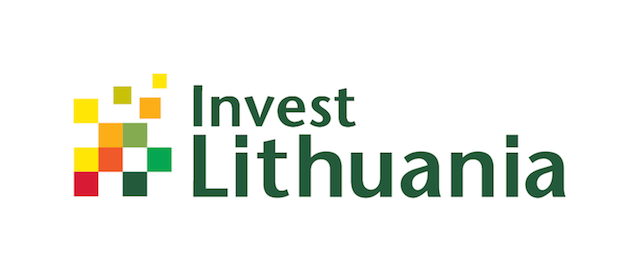
Estonian report considers what makes Lithuania more attractive to foreign investors
INVEST LITHUANIA: Last year, Lithuania attracted 29 foreign companies. In the next three years the country should have about 2,000 additional jobs thanks to these new investors. A recent report by the “Kapital” program, broadcast on Estonian national television, investigated what Lithuania has that Estonia doesn’t.
In the first couple of months of this year, five foreign companies have set up shop in Lithuania, bringing with them around 1,000 new jobs.
According to Mantas Katinas, CEO of Invest Lithuania, a government agency whose objective is to attract foreign capital to Lithuania, the greatest growth of foreign investment projects in the region has been in Lithuania. “What is more, in terms of investment per capita, compared to the other Baltic States and in the Central and Eastern Europe region, we see that we’re number one,” said Mr Katinas. As further proof of the country’s attractiveness, he cited the presence in Lithuania of major international names, like global banking giant Barclays.
The head of Barclays Technology Center in Vilnius, Mariano Andrade Gonzalez, said that the number of employees planned for the Vilnius office has exceeded even the best expectations. “At the end of 2009, we had about 120 employees. We originally had an agreement with the Lithuanian government that we would open a centre that would employee 150 specialists in certain periods. However, by the end of 2010 we already had 550 employees and by the end of 2014, the figure was 1,500,” said Gonzalez.
Mr Gonzalez identifies a number of reasons why Lithuania was an attractive investment location for Barclays. “It was based purely on key factors such as higher education levels, population size, the very good levels of IT and tech knowledge, and the exceptionally well developed infrastructure,” said Gonzalez. He also mentioned Lithuania’s high-speed Internet connections and, most importantly, the political and economic stability in the country.
Teet Tender, the director of consultancy firm PricewaterhouseCoopers in Estonia, says one advantage Lithuania has is the fact that, on average, young Lithuanians speak Russian better than young Estonians. He also draws attention to the Estonian tax environment.
“The Lithuanians, too, have done a lot of work in this area and for some companies, the Lithuanian environment is better suited to them than Estonia’s,” said Tender.
Mr Tender’s assertion, that Lithuania’s tax environment might be more attractive to some companies than Estonia’s, is supported by Joel Zernask, tax division director at KPMG Baltics. “The Lithuanian corporate income tax rate is 5 percentage points less than it is in Estonia. It’s 20 percent in Estonia, but 15 percent in Lithuania. That difference in itself is probably not enough to draw an investor. However, we can say with certainty, based on our practical experience, that the Estonian income tax system, where retained earnings aren’t taxed, doesn’t hold much allure for most foreign investors. In comparison, in Lithuania they have established tax breaks on research and development. In other words, R&D expenses can be deducted at a certain rate; Estonia doesn’t offer such tax incentives,” said Zernask.
Mr Zernask also identified the proactive role of the state as another key cause of Lithuania’s success. “If we think about it, the Lithuanian state’s actions in attracting certain investments – take IT, for example – have been more systematic, and maybe it has paid off and this is why investors have invested more into Lithuania.”
Watch the full report in Estonian HERE.





